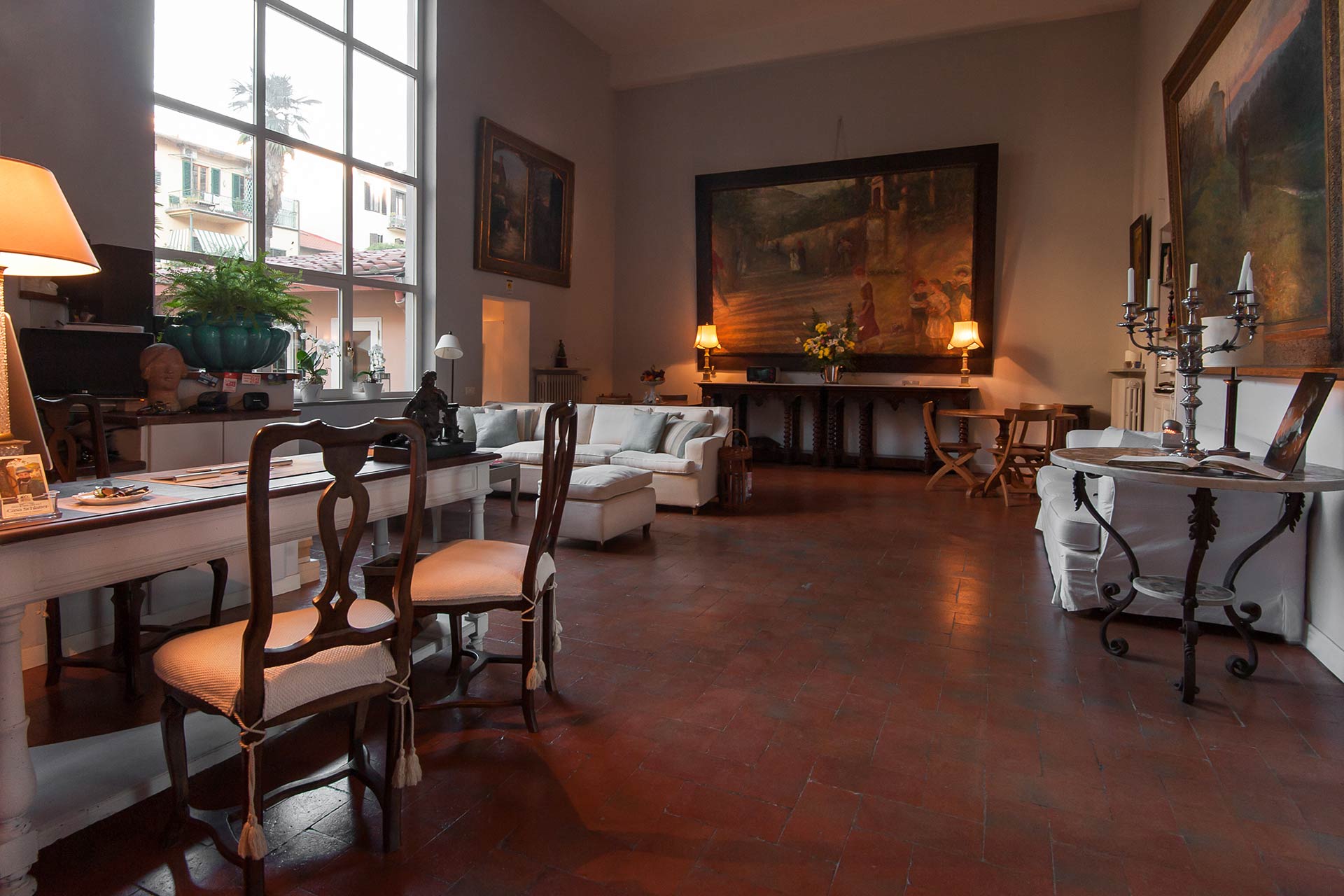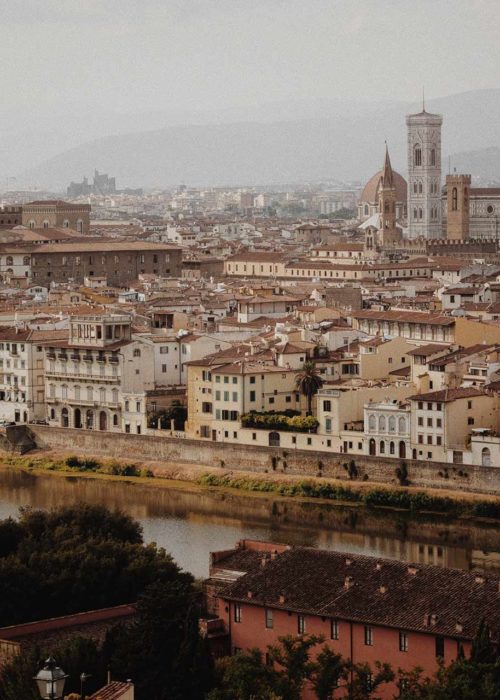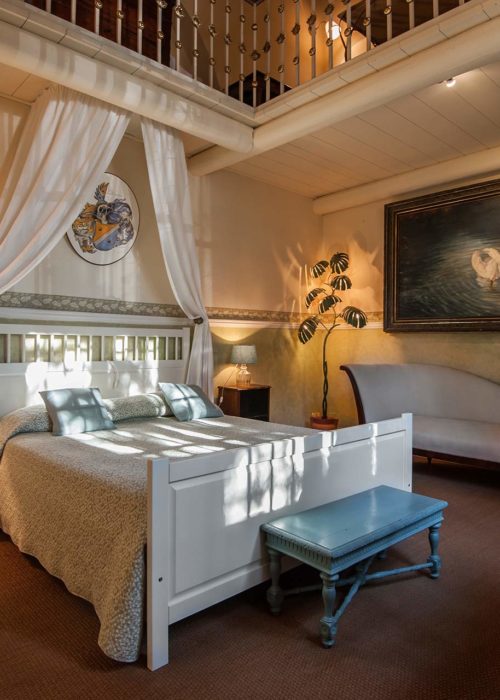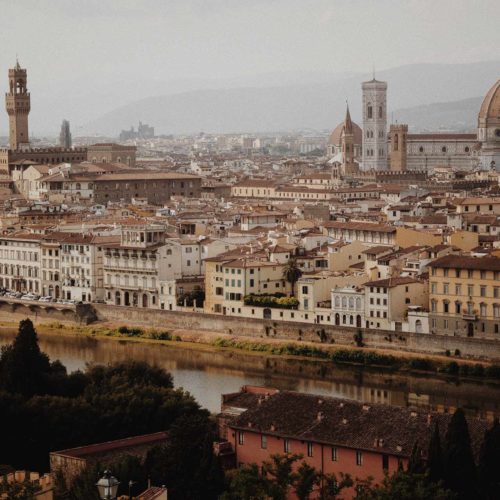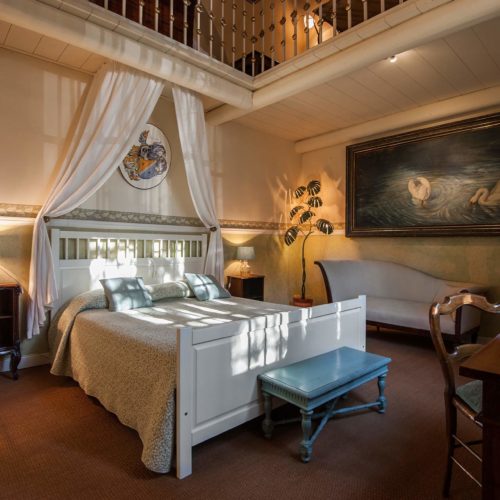In the atelier of a Nineteenth Century Painter.
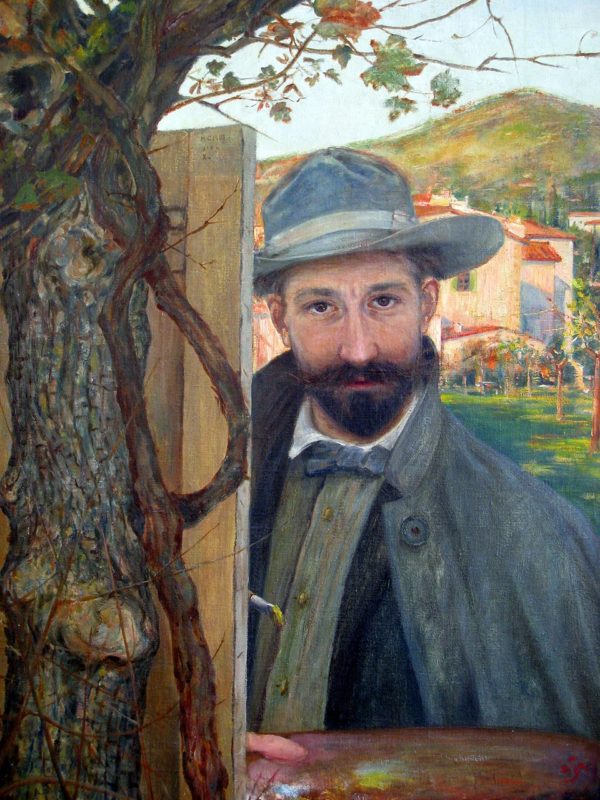
“Official web site”
A welcoming place to discover!
The House Museum is located in the villa built at the end of the 19th century by Carlo Adolfo Schlatter, a theosophist artist who lived and worked here. It was the first house on the avenue and retains all the charm of the period. An ideal place to have an unforgettable experience in Florence, whether with a guided tour to admire the multiple paintings and learn their history, or with a stay.
WELCOME

In fact, in the atelier where the social promotion association that manages the Casa Museo is located, there are also three elegant rooms that can be rented as a B&B for a refined tourist away from the chaotic part of the city.
Guests, during their stay, can enjoy the presence of many original works by the painter and sculptor, created in the very rooms made available to them.
They will thus have the privilege of living immersed in art and culture while discovering one of the hidden treasures of the most beautiful city in the world!

In the atelier of a Nineteenth Century Painter.
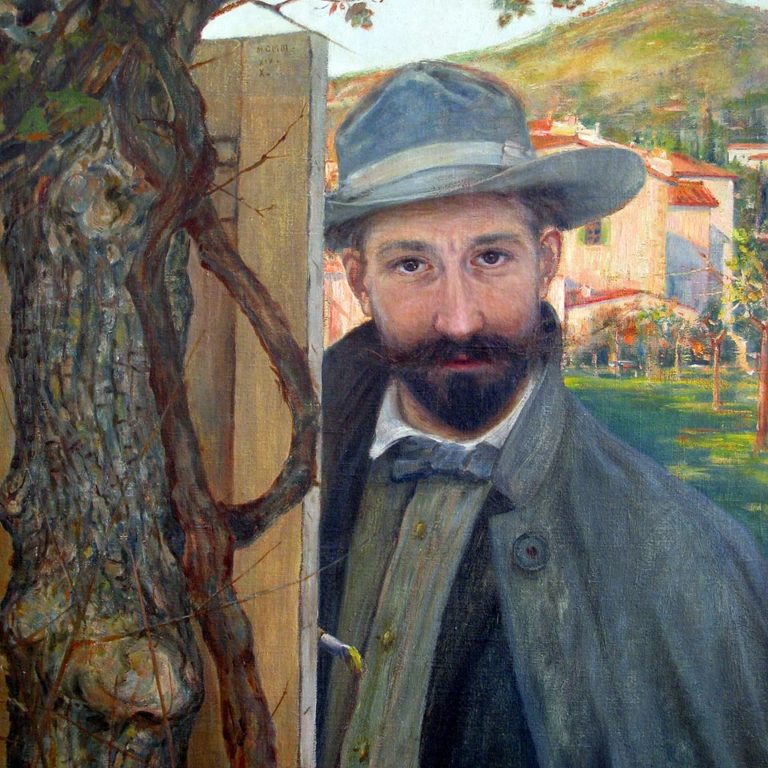
A welcoming place to discover! The House Museum is located in the villa built at the end of the 19th century by Carlo Adolfo Schlatter, a theosophist artist who lived and worked here.
It was the first house on the avenue and retains all the charm of the period.
An ideal place to have an unforgettable experience in Florence, whether with a guided tour to admire the multiple paintings and learn their history, or with a stay.
In fact, in the atelier where the social promotion association that manages the Casa Museo is located, there are also three elegant rooms that can be rented as a B&B for a refined tourist away from the chaotic part of the city.
Guests, during their stay, can enjoy the presence of many original works by the painter and sculptor, created in the very rooms made available to them.
They will thus have the privilege of living immersed in art and culture while discovering one of the hidden treasures of the most beautiful city in the world!
WELCOME

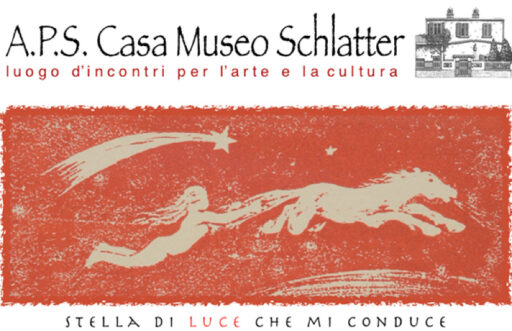
The association was founded in Florence in August 2019 and had the great honor of being presented a few months later at Palazzo Vecchio by Councillors Cecilia Del Re and Tommaso Sacchi.
The purpose of the association is to give visibility and voice to the work and thought of the artist Carlo Adolfo Schlatter, painter, engraver, and theosopher; a heritage of artistic and intellectual works that has remained enclosed and hidden in the private and intimate reality of his studio.
Her principles of spirituality, developed since her youth due to the dramatic events related to the unification of Italy in which her family was involved, led her to Theosophy.
To maintain the right intellectual independence and creative freedom, he developed his uncompromising stance regarding commissions and the commerce of art that clashed with his mystical identity. This position of his, upheld even with sacrifice and ultimately made explicit in the his spiritual testament, ensured that his work remained a unique whole, within the family, with over 350 creations, including paintings, engravings, and manuscript and illustrated books. Mystical artist, distant from social conventions, desired that his creativity, in his belief the result of divine enlightenment, be available to everyone.
The association has opened the atelier, organizing guided tours and events, sharing its works with as many people as possible, certain that art, culture, and spirituality create opportunities for growth, encounter, and well-being for each of us. With these foundations, absolutely transversal, multiple encounters are created, also to stimulate the new generations to pursue their dreams even away from commercial logics.
The association’s statute was therefore formed on these principles.The statute of the association was therefore formed on these principles. Continue the study and enhancement of the artistic and human ‘legacy’ of Carlo Adolfo Schlatter, as essential foundations for dialogue, confrontation, and understanding among men and peoples.
Organize, inspired by the rich and historical heritage left by the artist, meetings and initiatives related to art and culture, which promote spirituality and personal growth and help socialization and integration among people, in order to contribute to improving the quality of daily life.
By realizing what he desired, we hope to create a new point of interest, both for the Campo di Marte neighborhood, where he built his workshop, and for Florence.
Thus creating a new opportunity to step away from the more well-known Florentine routes and attract tourists to new places rich in history and charm, making our beloved city more beautiful and livable, also with our active contribution.
The third fundamental piece is the youth, to instill in them the awareness of their roots, attachment to the territory, and human values beyond the virtual world.
Thanks to them, it is possible to transport into the present and future a place made of memory, so that it does not remain a sterile mausoleum or a hidden treasure in a private parlor!
We therefore hope that many people can become our ambassadors.
THE HISTORY
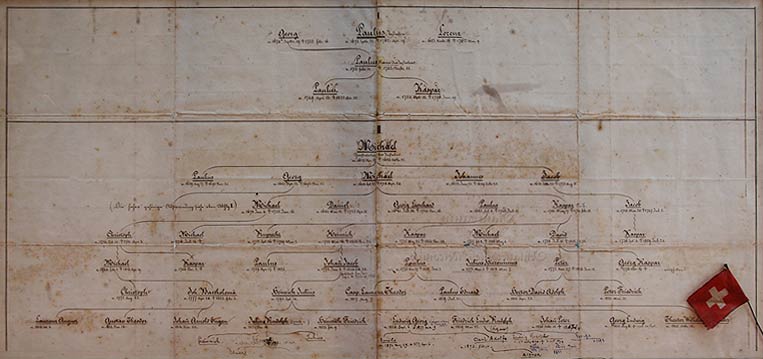
Around the mid-1800s four of the the twelve sons of Henry Schlatter moved to Italy (theirs was an old Swiss family with noble origins dating back to 1200).
Two brothers moved to Florence, where they started a flourishing trade in fabrics, one in Genoa, as consul and finally, Luigi Giorgio, was appointed Swiss consul general at the Papal States. In Rome he made several real estate investments and set up a bank, but soon, a series of adverse events destroyed his existence. First, his bank was forced to close after the cashier ran away with all the liquids, then, a few years later, in 1861 with the taking of Rome by the Savoy, all his properties were confiscated by the Italian state, against which filed an unnecessary cause that further wore out his forces.
At the age of 51, for reasons now unknown, he died, leaving his second wife Emilie De La Morte, with a small son: Carlo Adolfo …
… Just like in a novel, the two sisters, Emilie and Matilde De la Morte, had married two of the Schlatter brothers, so naturally, in that sad circumstance Emilie took refuge in Florence with her sister.
The two French sisters were very beautiful and Emilie, still young, regularly went on foot with her little son, to the cemetery of the Laurels on her husband’s grave.
The couple attracted their eyes along the Lungarno to Ponte Santa Trinita and then, going up to the Poggio Imperiale and in fact, it was so, that during this journey, she met her second husband.
Many years later, always on that journey, Carlo Adolfo also met his partner, a young student from the college of Poggio Imperiale, in front of which he passed to go to the cemetery of the Allori. Emma was the daughter of General Onorato Moni who, many years earlier had led the siege of Porta Pia, during the capture of Rome, and now, by a curious case, fate once again crossed the lives of their families. For this love at first sight Emma, defying the family, left the college to get married, against their opinion.
Adolfo immediately dedicated himself to art, fascinated by the Florentine environment of those years between Macchiaioli, decadentism, and symbolism, frequenting the artistic circles, he was strongly influenced by the knowledge of his compatriot Arnold Böcklin, also resident in Florence.
His artistic inclination led him to move away from his family and that of his wife, who would have preferred other occupations for him. By liquidating his part of the inheritance, he built the cottage in Campo di Marte, an area that was then considered to be in the countryside, the house, surrounded by greenery, as seen from the picture of his self-portrait, was in fact the first construction of Viale dei Mille.
He lived there with Emma, in a very simple way, completely devoted to painting and philosophy, theosophy and art were his life.
He wrote and illustrated his thoughts which were published in various publications of the time, but being contrary to the ‘art’ heritage, he lived with the revenues deriving from the sale of both copies of art, which antique dealers commissioned him, which of the designs for artistic wrought iron, of which, the two dragons on the roof of the house are an example, but never, of the sale of his paintings. It is for this reason that, since his works are not present on the market, but, being still preserved today almost all by the family, he has remained practically unknown.
In the family he remembers that it had happened that Emma appeared at the door of the study and asked: ‘Adolfo, what do I put on the table today? We have nothing to eat. ‘ In those cases he would then take a small picture and go out to sell it.
Other descendants
Many other stories intertwine and live in the house, such as those of Dina (the wife of Adolfo’s son) famous for her beauty, which Curzio Malaparte had also fallen in love with, but his life was changed by the happy meeting, dazzling, with Alfredo Schlatter, who became her husband. The contact with the house, the atmosphere of art and noble memories, transformed her from an almost illiterate commoner to an educated, self-taught woman, poet and sculptress (her works are also preserved in the house), frequenting lounges, not what a lady of the Knights of Malta.
The days of today
So, over the centuries, the house has come down to today to Alessandra, Adolfo’s great-grandson, who was a former antiques and interior designer, has been able to collect its spirit, and undertook a deep restoration to dust it from the abandonment that enveloped it, to revive it in a project that gives everyone the opportunity to get to know its history, re-evaluating the great grandfather’s artistic work and honoring its memory.
THE HISTORY

Around the mid-1800s four of the twelve sons of Henry Schlatter moved to Italy (theirs was an old Swiss family with noble origins dating back to 1200).
Two brothers moved to Florence, where they started a flourishing trade in fabrics, one in Genoa, as consul and finally, Luigi Giorgio, was appointed Swiss consul general at the Papal States. In Rome he made several real estate investments and set up a bank, but soon, a series of adverse events destroyed his existence. First, his bank was forced to close after the cashier ran away with all the liquids, then, a few years later, in 1861 with the taking of Rome by the Savoy, all his properties were confiscated by the Italian state, against which filed an unnecessary cause that further wore out his forces.
At the age of 51, for reasons now unknown, he died, leaving his second wife Emilie De La Morte, with a small son: Carlo Adolfo …
… Just like in a novel, the two sisters, Emilie and Matilde De la Morte, had married two of the Schlatter brothers, so naturally, in that sad circumstance Emilie took refuge in Florence with her sister.
The two French sisters were very beautiful and Emilie, still young, regularly went on foot with her little son, to the cemetery of the Laurels on her husband’s grave.
The couple attracted their eyes along the Lungarno to Ponte Santa Trinita and then, going up to the Poggio Imperiale and in fact, it was so, that during this journey, she met her second husband.
Many years later, always on that journey, Carlo Adolfo also met his partner, a young student from the college of Poggio Imperiale, in front of which he passed to go to the cemetery of the Allori. Emma was the daughter of General Onorato Moni who, many years earlier had led the siege of Porta Pia, during the capture of Rome, and now, by a curious case, fate once again crossed the lives of their families. For this love at first sight Emma, defying the family, left the college to get married, against their opinion.
Adolfo immediately dedicated himself to art, fascinated by the Florentine environment of those years between Macchiaioli, decadentism, and symbolism, frequenting the artistic circles, he was strongly influenced by the knowledge of his compatriot Arnold Böcklin, also resident in Florence.
His artistic inclination led him to move away from his family and that of his wife, who would have preferred other occupations for him. By liquidating his part of the inheritance, he built the cottage in Campo di Marte, an area that was then considered to be in the countryside, the house, surrounded by greenery, as seen from the picture of his self-portrait, was in fact the first construction of Viale dei Mille.
He lived there with Emma, in a very simple way, completely devoted to painting and philosophy, theosophy and art were his life.
He wrote and illustrated his thoughts which were published in various publications of the time, but being contrary to the ‘art’ heritage, he lived with the revenues deriving from the sale of both copies of art, which antique dealers commissioned him, which of the designs for artistic wrought iron, of which, the two dragons on the roof of the house are an example, but never, of the sale of his paintings. It is for this reason that, since his works are not present on the market, but, being still preserved today almost all by the family, he has remained practically unknown.
In the family he remembers that it had happened that Emma appeared at the door of the study and asked: ‘Adolfo, what do I put on the table today? We have nothing to eat. ‘ In those cases he would then take a small picture and go out to sell it.
Other descendants
Many other stories intertwine and live in the house, such as those of Dina (the wife of Adolfo’s son) famous for her beauty, which Curzio Malaparte had also fallen in love with, but his life was changed by the happy meeting, dazzling, with Alfredo Schlatter, who became her husband. The contact with the house, the atmosphere of art and noble memories, transformed her from an almost illiterate commoner to an educated, self-taught woman, poet and sculptress (her works are also preserved in the house), frequenting lounges, not what a lady of the Knights of Malta.
The days of today
So, over the centuries, the house has come down to today to Alessandra, Adolfo’s great-grandson, who was a former antiques and interior designer, has been able to collect its spirit, and undertook a deep restoration to dust it from the abandonment that enveloped it, to revive it in a project that gives everyone the opportunity to get to know its history, re-evaluating the great grandfather’s artistic work and honoring its memory.
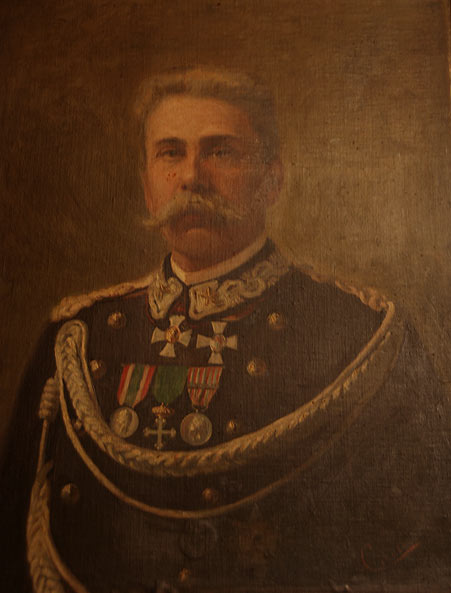
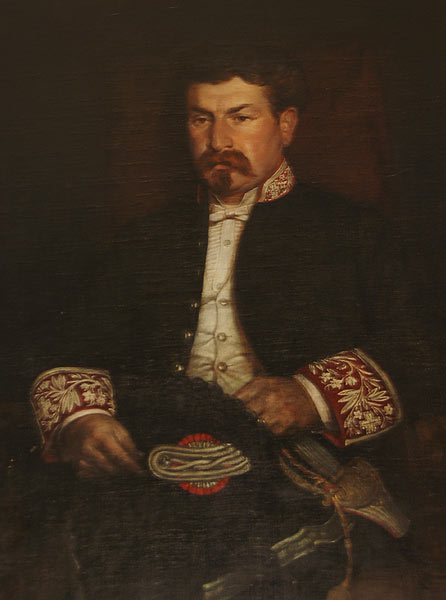
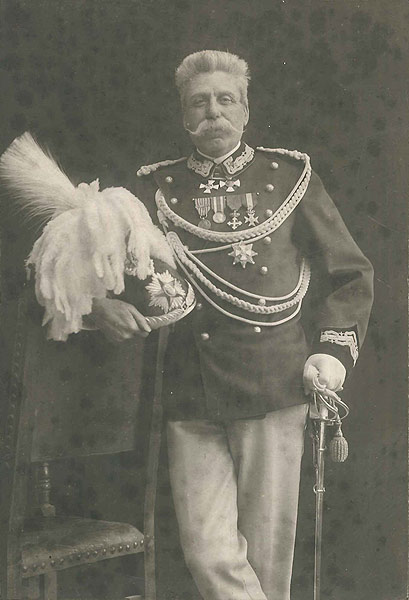
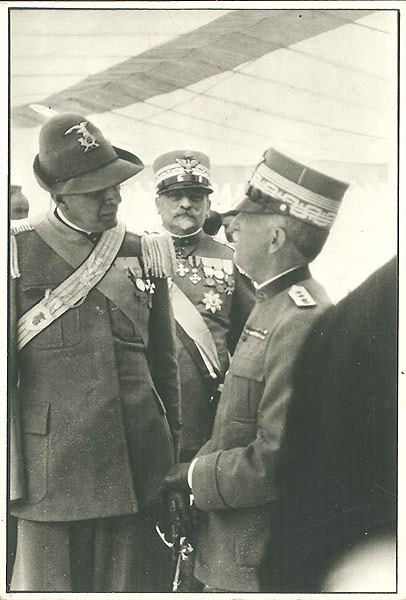
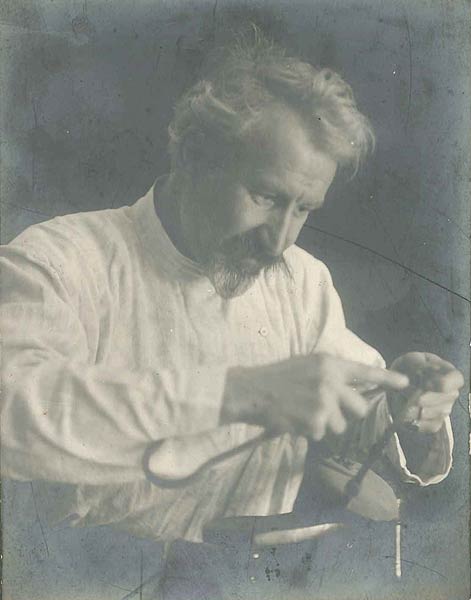
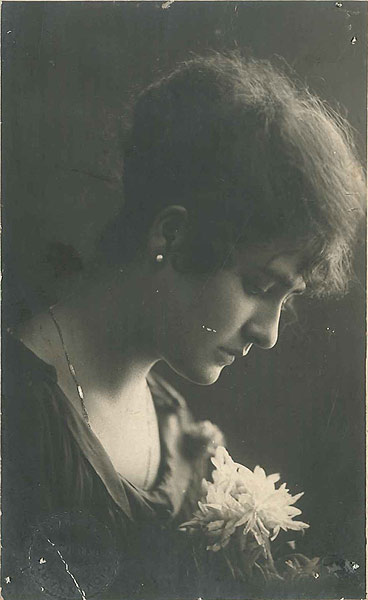
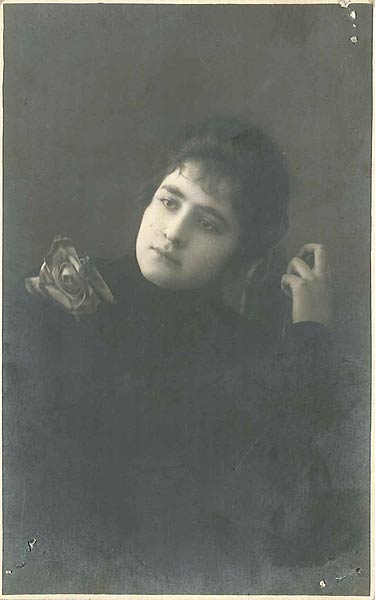
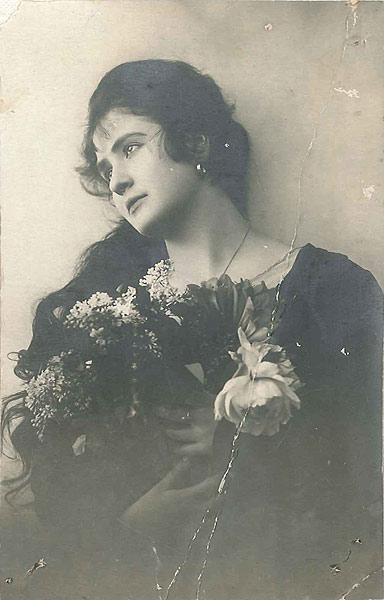
BECOME A MEMBER
DONATE YOUR 8 PER THOUSAND
The fiscal code of the association is: 94286310480
BECOME A MEMBER
DONATE YOUR 8 PER THOUSAND
The fiscal code of the association is: 94286310480
Copyright © 2025 Casa Schlatter. All Rights Reserved.
Viale dei mille n°14, 50131 Florence Italy
Phone: 055570588 · 3471180215.
Email: info@casaschlatter-florence.com | alessandraschlatter@gmail.com
CIN: IT048017B9SJ7VJMKL
Codice fiscale: 94286310480
Partita Iva: 05886360485
– PARTNERS –
 |
 |
